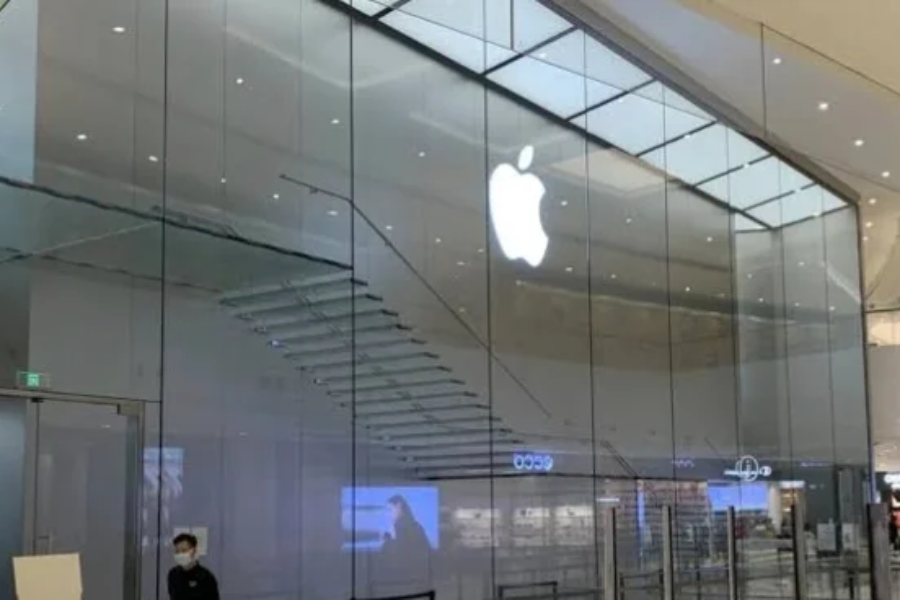Discovering the Power of LFX Glass Structure: The Future of Modern Architecture
Have you ever noticed sleek, striking glass buildings that seem to defy traditional limits of strength and durability? Enter LFX glass structure—a cutting-edge innovation that’s transforming contemporary architecture and design. For architects, designers, or even the casual observer interested in construction trends, understanding the technology behind LFX glass can offer a fresh appreciation for the robust elegance it brings to buildings worldwide. This post delves into what makes LFX glass structure unique, how it’s engineered, and why it’s becoming a popular choice in the architectural world. By the end, you’ll not only grasp the fundamentals of this advanced glass technology but will also start spotting it in the world around you.
Understanding LFX Glass Structure
The term “LFX glass structure” refers to a specialized type of glass renowned for its clarity, resilience, and aesthetic appeal. Designed to withstand high pressure without compromising on visual allure, LFX glass is ideal for applications where traditional glass may fall short. Imagine skyscraper windows, expansive facades, or even glass flooring—LFX glass is crafted for environments that demand both strength and style. This innovative glass boasts durability well beyond standard glass, ensuring long-lasting beauty and security in diverse settings.
The Science Behind LFX Glass Structure
What sets LFX glass apart is its unique composition and advanced manufacturing process. Unlike regular glass, which can easily crack or shatter, LFX glass undergoes specialized treatments that strengthen it down to its molecular structure. It’s crafted by layering various glass materials and polymers, creating a composite that balances toughness with flexibility.
The “LFX” in LFX glass structure stands for “Laminated Flexible Xtreme,” highlighting its manufacturing approach. This involves laminating multiple layers of glass with a specialized adhesive, boosting its strength significantly. Flexible materials used within these layers allow the glass to bend slightly under pressure, a vital feature in tall structures where wind resistance is essential.
Why Choose LFX Glass Structure? Key Advantages
- Enhanced Strength and Durability: LFX glass can endure impacts that would shatter standard glass, making it ideal for buildings in disaster-prone areas or high-stress environments.
- Improved Safety: Unlike traditional glass, LFX glass doesn’t break into sharp shards. If damaged, it forms smaller, blunt fragments, reducing the risk of injury—a critical feature for public and residential spaces.
- Sleek Aesthetic: LFX glass is known for its high clarity and modern look, which makes it perfect for settings where both visual appeal and safety matter, such as in glass railings, skylights, and even floors.
- Energy Efficiency: With treatments to limit heat transfer, LFX glass helps maintain stable indoor temperatures, making it an energy-efficient choice for buildings. This reduces the reliance on air conditioning or heating systems, saving energy and costs.
Popular Uses of LFX Glass Structure
- Commercial High-Rises: High-rise buildings benefit from LFX glass’s strength and flexibility, allowing them to withstand environmental stresses without sacrificing design.
- Residential Applications: Homeowners are increasingly selecting LFX glass for large windows, doors, and floors, as it provides both durability and a modern aesthetic.
- Public Spaces: Airports, malls, and museums use LFX glass to create inviting, open spaces that combine security with natural light.
Challenges and Considerations
Despite its many benefits, LFX glass structure comes with certain challenges. The higher cost compared to traditional glass may limit its use in some projects. Moreover, as a relatively new technology, skilled professionals experienced in LFX glass installation may be less readily available.
Environmental considerations are also worth noting. Manufacturing LFX glass involves intricate processes that can consume more energy and produce more waste than standard glass. However, its longevity and energy-saving properties may balance out these environmental concerns over time.
In a world where innovation and sustainability are increasingly important, LFX glass structure stands out as a powerful material in modern architecture—providing unmatched strength, beauty, and efficiency.
FAQs:
1. What exactly is LFX glass structure?
LFX glass structure is a type of advanced glass technology known for its remarkable strength, flexibility, and clarity. It’s made through a specialized process that combines multiple layers of glass with polymers, making it more durable and safer than traditional glass.
2. How is LFX glass different from regular glass?
LFX glass is laminated, meaning it’s made from multiple layers bonded with a special adhesive, making it stronger and less prone to shattering. Regular glass can break into sharp fragments, while LFX glass typically forms small, blunt pieces, minimizing injury risk.
3. What does “LFX” stand for?
“LFX” stands for “Laminated Flexible Xtreme,” referring to its structure and design, which make it flexible and extremely resilient compared to standard glass.
4. Where is LFX glass commonly used?
LFX glass is widely used in commercial and residential buildings, especially in high-rise windows, glass walls, facades, and glass floors. It’s also popular in public spaces like airports, malls, and museums due to its combination of safety, durability, and aesthetic appeal.
5. Is LFX glass expensive?
While LFX glass typically costs more than conventional glass due to its advanced manufacturing process, its durability, safety features, and energy efficiency can make it a worthwhile investment, especially in high-performance settings.
6. Is LFX glass eco-friendly?
Producing LFX glass does require more energy and materials than traditional glass, but its long lifespan and ability to reduce energy consumption in buildings help offset these environmental impacts.
7. Can LFX glass be installed in any building?
LFX glass can be used in most buildings, but because of its specialized installation requirements, it’s essential to work with professionals familiar with this technology to ensure optimal performance and safety.
8. How does LFX glass contribute to energy efficiency?
LFX glass can be treated to reduce heat transfer, keeping indoor spaces cooler in summer and warmer in winter. This contributes to lower energy use and more consistent indoor temperatures.
Conclusion
LFX glass structure is more than just a building material—it’s a breakthrough in the world of modern architecture. With its blend of durability, flexibility, and stunning clarity, LFX glass offers a safer, more resilient option for both residential and commercial applications. Its versatility makes it ideal for high-rise buildings, public spaces, and even modern homes, where safety and beauty are paramount. While its cost and environmental footprint are considerations, the long-term benefits of energy efficiency, safety, and aesthetics often outweigh these concerns.
As architectural designs evolve to embrace more innovative materials, LFX glass structure is paving the way for structures that are not only visually stunning but also built to withstand the demands of our environment. Whether you’re looking to enhance a skyscraper’s facade or add a sleek, modern touch to a home, LFX glass stands as a durable, efficient, and beautiful solution in the future of construction.






